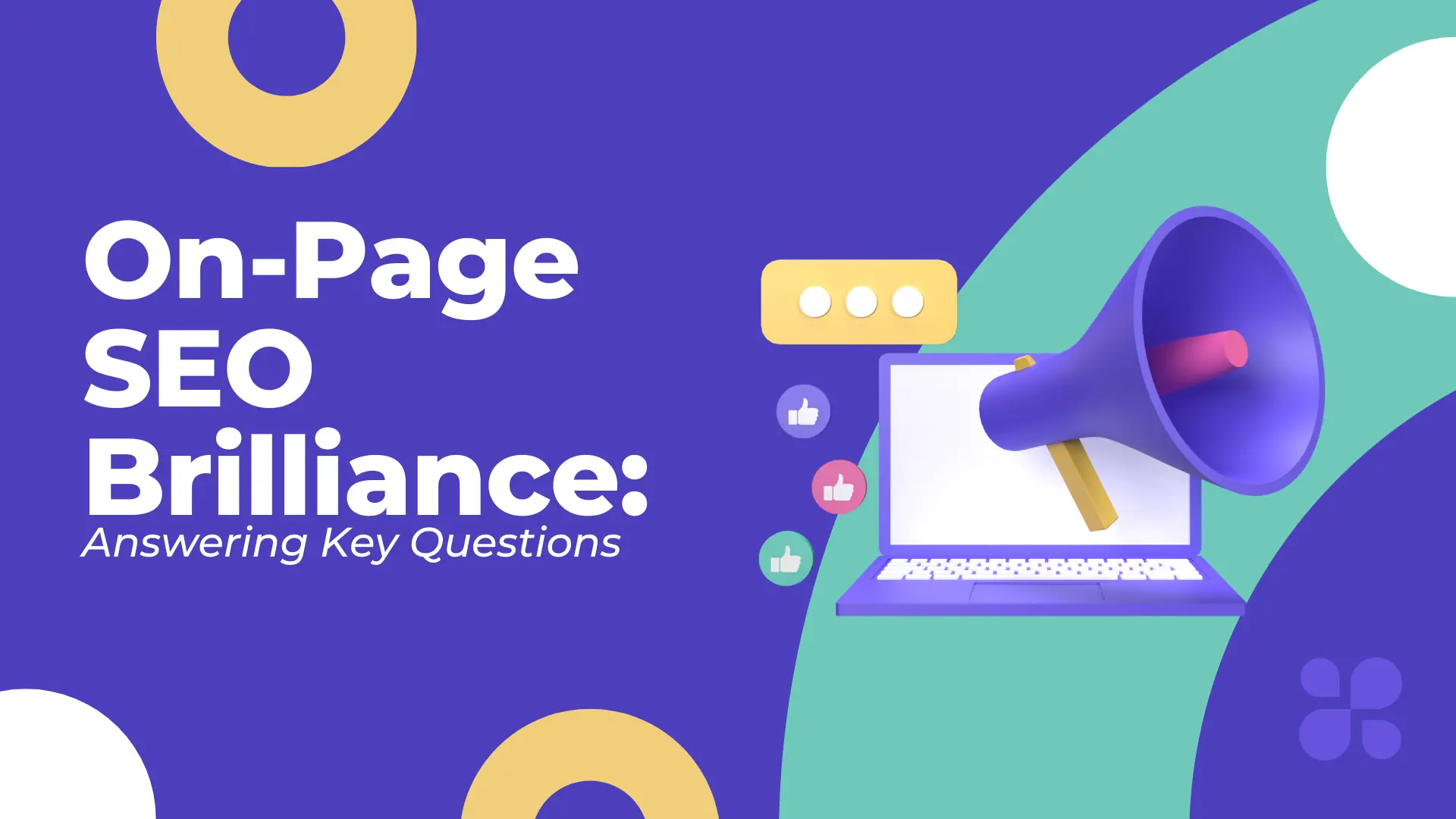
In the ever-evolving realm of digital marketing, mastering on-page SEO is indispensable for improving website visibility and ranking on search engine result pages (SERPs). In this blog, we delve into crucial questions surrounding on-page SEO, shedding light on fundamental concepts and best practices.
Table of Contents
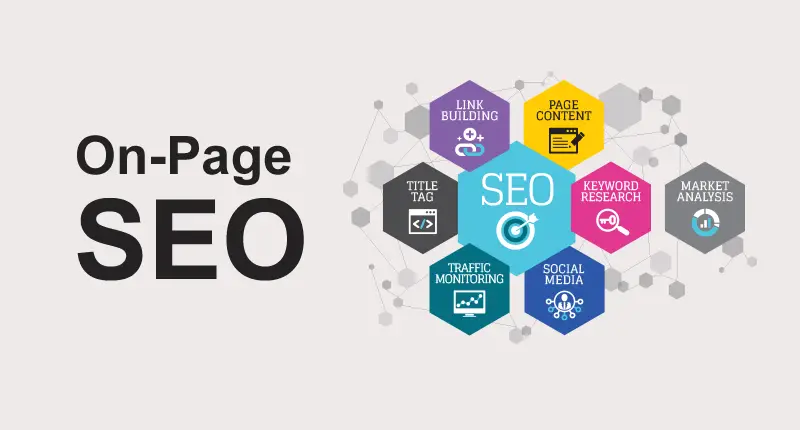
In the intricate landscape of digital marketing, navigating the nuances of on-page SEO is not just a task but an art form. In this comprehensive guide, we embark on a journey to unravel the intricate facets of on-page SEO, addressing pivotal questions that underscore the foundation of effective digital visibility and search engine dominance.
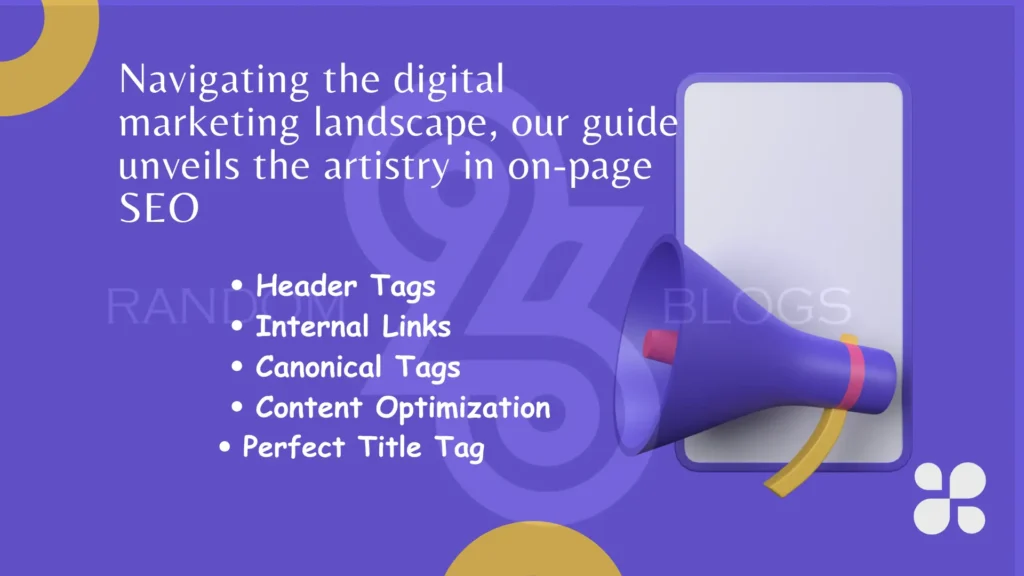
i. Decoding Header Tags: Crafting a Hierarchical Symphony
Header tags, the silent architects of content structure, orchestrate the symphony of user experience and search engine comprehension. From the commanding H1 to the nuanced H6, each tag plays a pivotal role in sculpting a narrative that captivates both readers and algorithms.
ii. The Strategic Dance of Internal Links: Navigating User Journeys
Internal links, the navigational threads within the digital tapestry, guide users seamlessly through the labyrinth of your website. Beyond user experience, these links wield the power to distribute authority judiciously, a nuanced strategy to bolster search engine favor.
iii. Canonical Tags: Resolving the Duplicate Dilemma
In the realm of content proliferation, the canonical tag emerges as a beacon of clarity. A silent directive to search engines, it elegantly resolves the complexities of duplicate content, ensuring that ranking signals converge harmoniously on the chosen canonical path.
iv. Content Optimization: The Alchemy of Relevance and Readability
Content optimization, a delicate alchemy that transcends mere keyword placement. It is the meticulous fusion of relevance, readability, and strategic keyword alignment, culminating in a tapestry of content that not only captivates audiences but resonates profoundly with search algorithms.
v. Crafting the Perfect Title Tag: A Symphony in 60 Characters
The title tag, a virtuoso’s composition in the digital sphere, demands precision, conciseness, and allure. Balancing primary keywords with an enthralling narrative, this 60-character masterpiece is your gateway to commanding attention on the hallowed grounds of search engine result pages.
Embark with us on this odyssey through the intricacies of on-page SEO. From unraveling the mysteries of keyword cannibalization to optimizing images for a visual symphony, we delve into the nuances that define not just search engine rankings but the very essence of user engagement and satisfaction. Welcome to the realm where strategy meets artistry—welcome to mastering on-page SEO.
1. What Are Header Tags?
Header tags, identified as H1 to H6, are HTML elements used to structure content on a webpage. The H1 tag represents the main heading, followed by subheadings with decreasing importance (H2, H3, and so on). These tags not only enhance readability but also provide search engines with a hierarchical understanding of your content.
2. What Is an Internal Link?
Internal links connect different pages within the same website. They play a vital role in guiding users to relevant content and distributing link equity across the site. Effective internal linking contributes to a better user experience and can positively impact search engine rankings.
3. What Is a Canonical Tag?
A canonical tag is employed to prevent duplicate content issues. It informs search engines about the preferred version of a page when multiple versions with similar content exist. Implementing canonical tags helps consolidate ranking signals and avoids confusion in search engine indexes.
4. What Is Content Optimization?
Content optimization involves refining webpage content to enhance its relevance, readability, and keyword alignment. This process includes strategic keyword placement, use of header tags, and crafting engaging meta descriptions to improve the overall quality and relevance of the content.
5. What Is a Good Title Tag Format?
An effective title tag is concise, compelling, and includes relevant keywords. A recommended format is to place the primary keyword near the beginning, followed by a unique and descriptive title that entices clicks. Keeping the title under 60 characters ensures it displays properly on SERPs.
6. What Is Keyword Cannibalization?
Keyword cannibalization occurs when multiple pages on a website target the same keyword. This can confuse search engines, impacting the ranking potential of individual pages. To address this, identify and consolidate content, ensuring each page focuses on a unique set of keywords.
7. How Do You Optimize Images for SEO?
Optimizing images involves reducing file sizes for faster loading times and adding descriptive alt text. Use relevant filenames, choose the right image format (JPEG, PNG, or GIF), and consider lazy loading to enhance user experience and positively impact SEO.
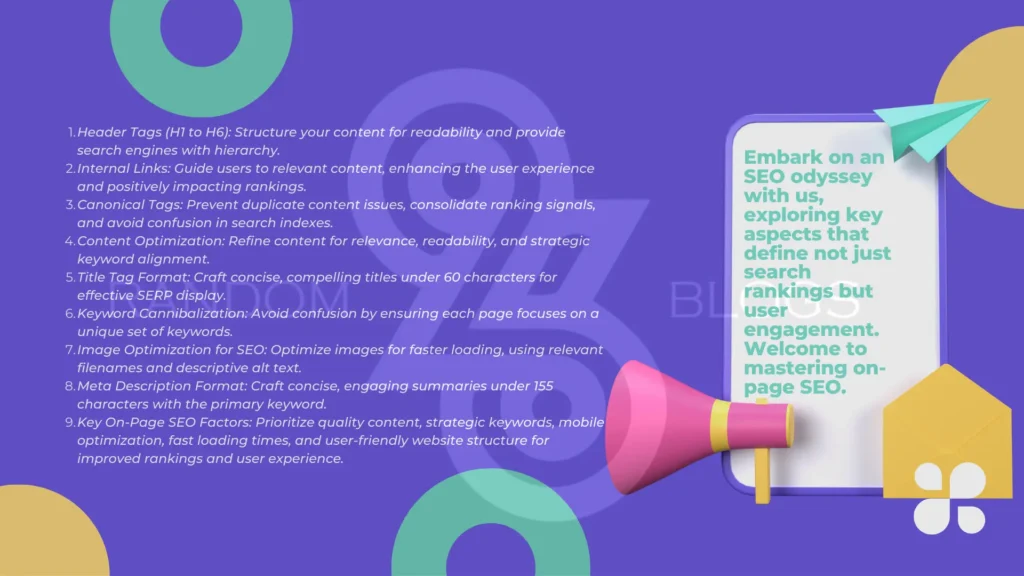
8. What Is a Good Meta Description Format?
A compelling meta description is a concise summary of a page’s content. It should be under 155 characters, include the primary keyword, and entice users to click. Crafting unique and engaging meta descriptions can improve click-through rates from search results.
9. What Are the Most Important On-Page SEO Factors?
The most crucial on-page SEO factors include high-quality, relevant content, strategic use of keywords, mobile optimization, fast loading times, and a user-friendly website structure. Prioritizing these factors contributes to improved search engine rankings and a better overall user experience.
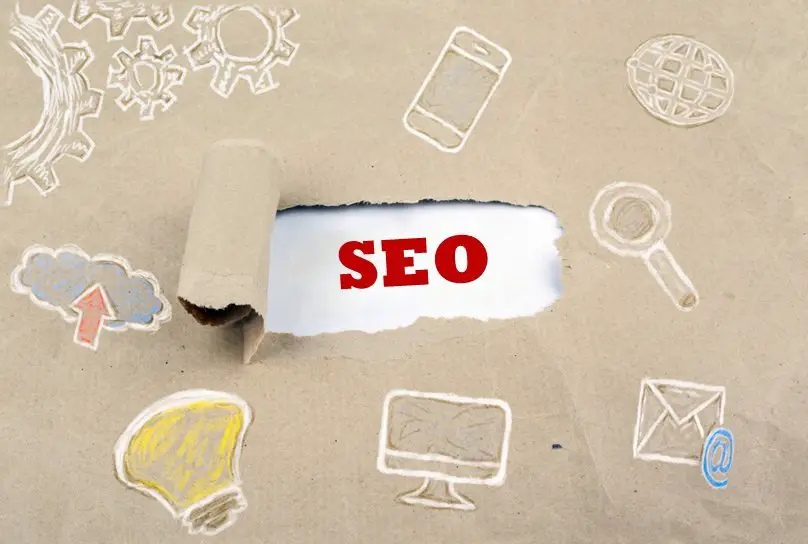
Mastering on-page SEO involves understanding and implementing these key concepts and best practices. By optimizing your website’s content, structure, and elements, you pave the way for increased visibility, higher rankings, and enhanced user satisfaction.
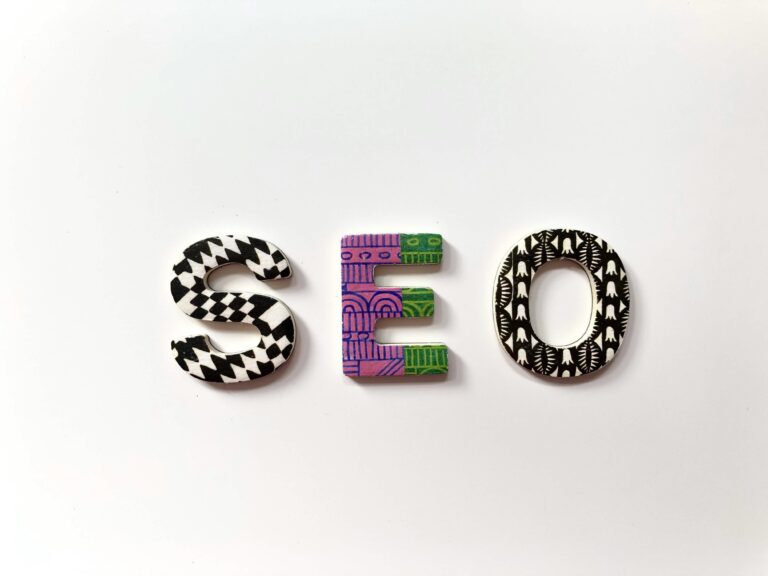
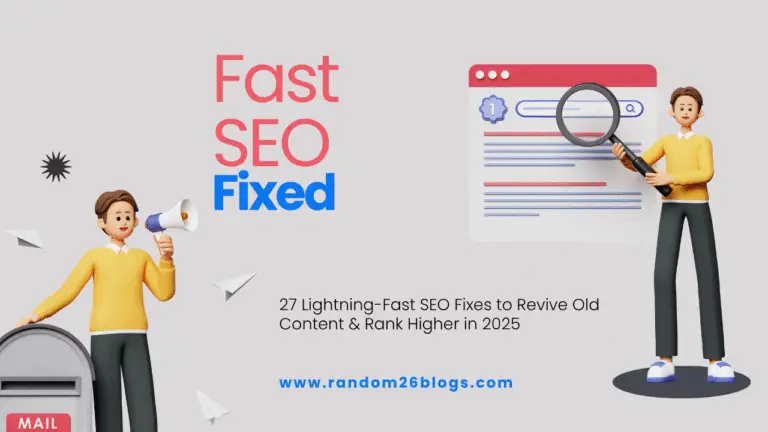
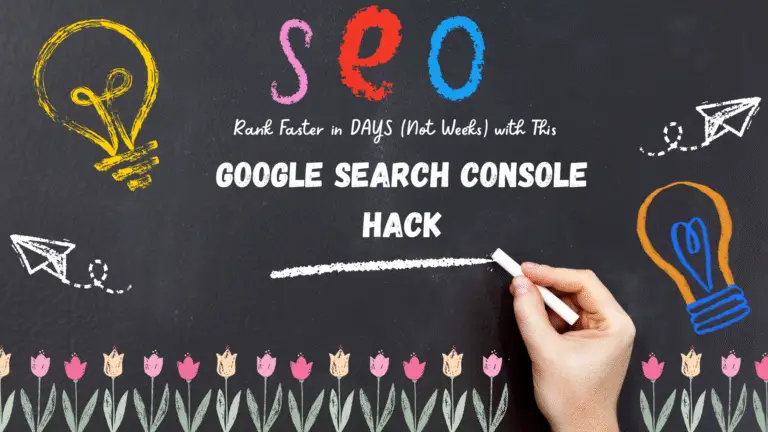




1 thought on “On-Page SEO Brilliance: Answering Key Questions”